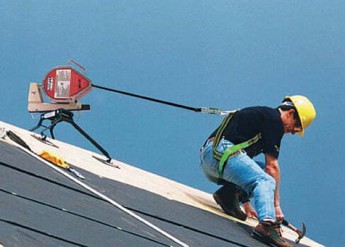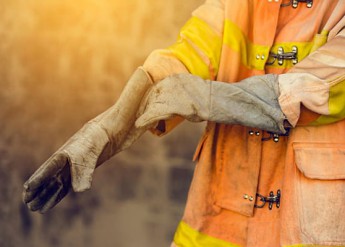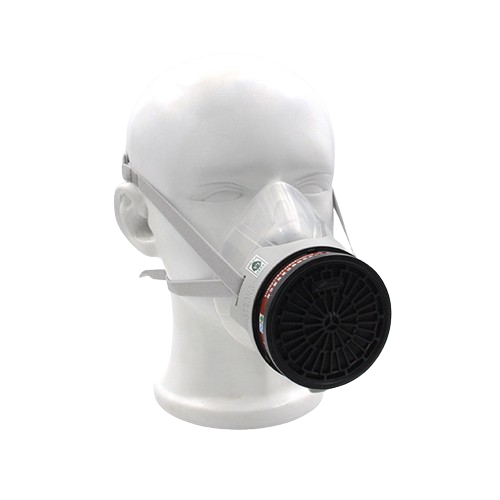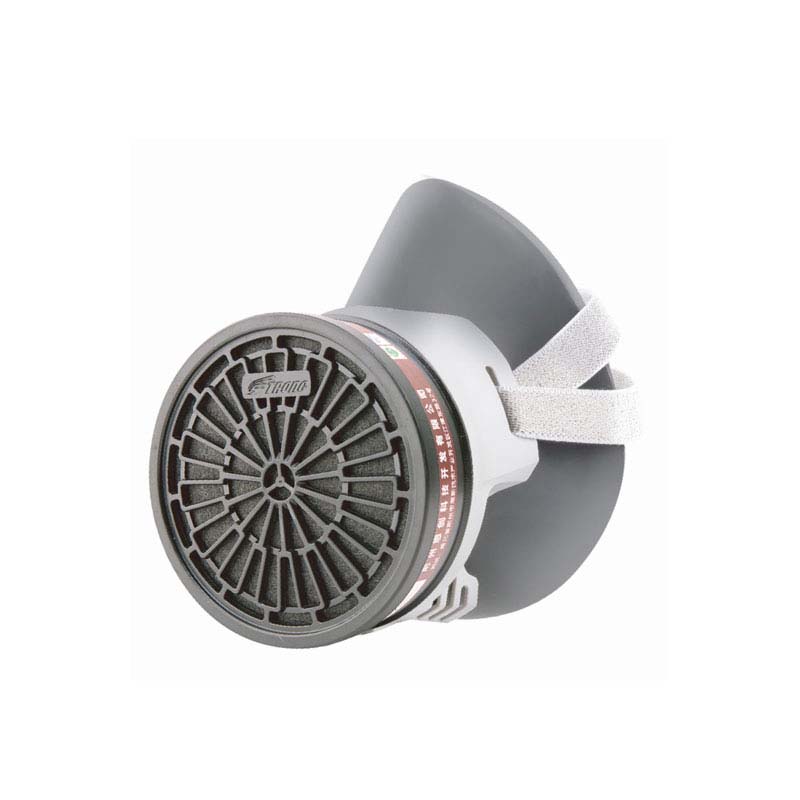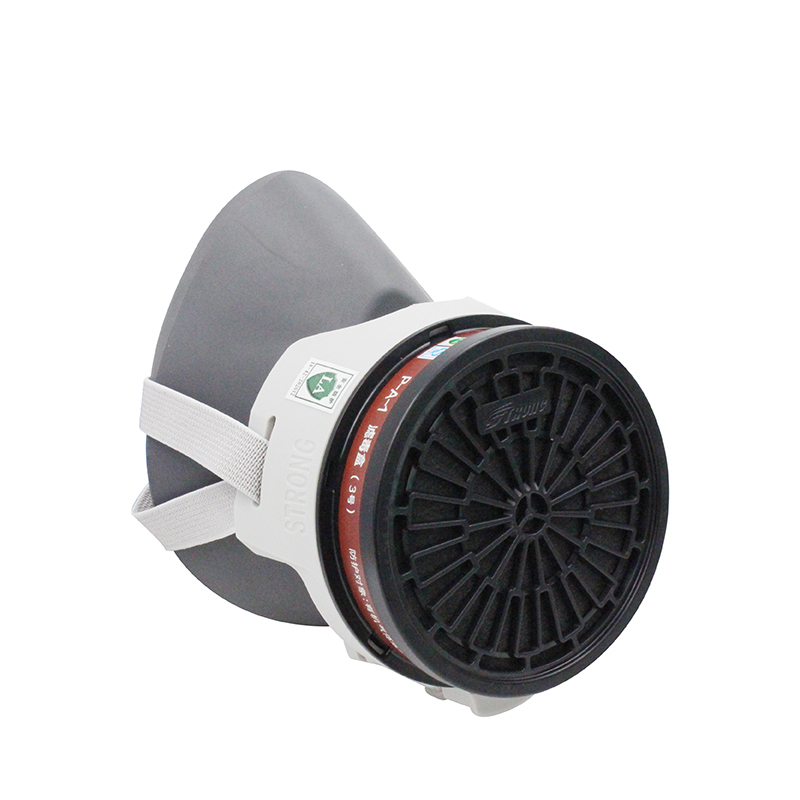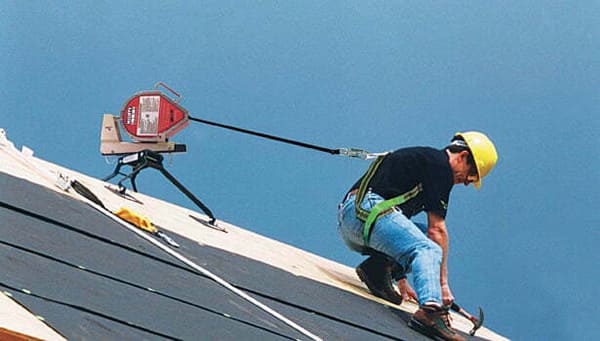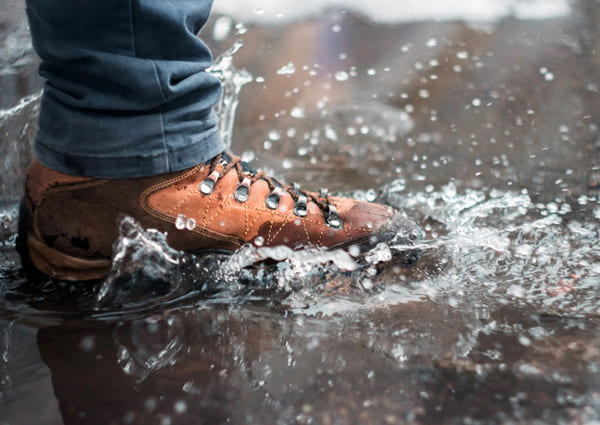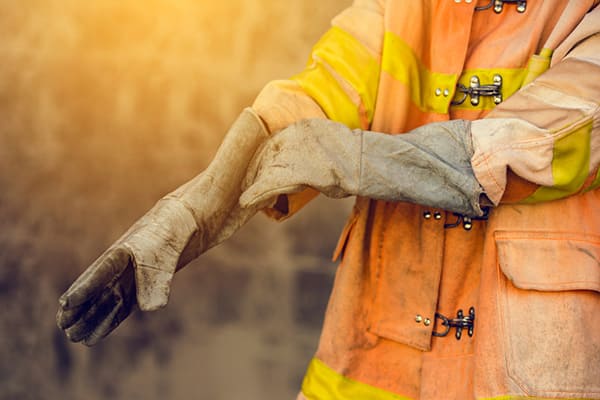10 Things to Know About Head Protection
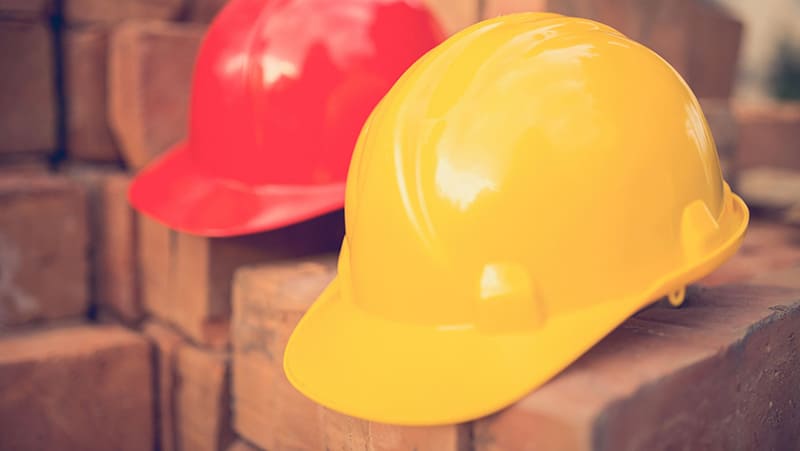
Head protection is essential in various industries and activities where there is a risk of head injuries. Wearing appropriate head protection can prevent severe head trauma and safeguard your well-being. In this article, we will discuss ten important things you should know about head protection.
1、Types of Head Protection:
There are different types of head protection available, including hard hats, bump caps, and safety helmets. Hard hats are designed to protect against falling objects and provide impact resistance. Bump caps offer limited protection against minor bumps and scrapes. Safety helmets provide comprehensive head protection, including impact, electrical, and penetration resistance.
2、Standards and Certifications:
Head protection should meet specific safety standards and certifications to ensure its effectiveness. Look for helmets that comply with standards such as ANSI Z89.1 (for the United States) or EN 397 (for Europe). These standards ensure that the head protection has undergone rigorous testing and meets necessary performance criteria.
3、Proper Fit:
A well-fitting head protection device is crucial for optimal protection. It should sit comfortably on your head and provide a secure fit without undue pressure. Adjust the straps or suspension system to ensure a snug fit that doesn't impede your comfort or obstruct your vision.
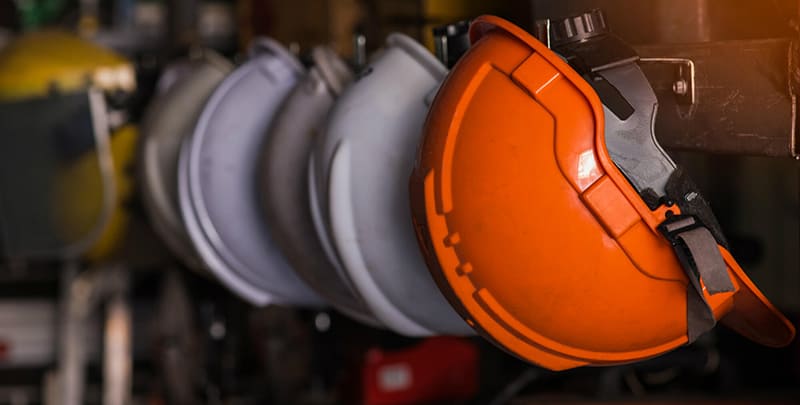
4、Assess the Risks:
Identify the potential hazards in your work environment or activity that may pose a risk to your head. Falling objects, low-hanging structures, or impacts from machinery are common hazards. Understanding the specific risks helps you choose the appropriate head protection for the job.
5、Inspect for Damage:
Regularly inspect your head protection for signs of damage, such as cracks, dents, or wear and tear. Damaged headgear may compromise its protective capabilities. Replace any damaged helmets or components promptly to maintain optimum safety.
6、Replace According to Guidelines:
Head protection has a limited lifespan and should be replaced periodically. Follow the manufacturer's guidelines for the recommended replacement intervals. Over time, the materials may degrade or lose their effectiveness, so it's crucial to adhere to the replacement schedule.
7、Consider Additional Accessories:
Depending on the nature of your work, additional accessories can enhance head protection. Attachments like face shields, earmuffs, or visors can provide extra protection against specific hazards, such as flying debris, loud noises, or UV radiation.
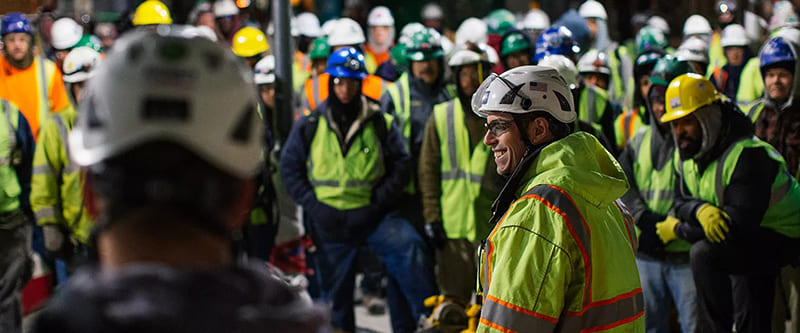
8、Proper Storage and Maintenance:
Store head protection in a clean, dry, and well-ventilated area away from direct sunlight, chemicals, or extreme temperatures. Follow the manufacturer's instructions for maintenance, including cleaning and replacing worn-out components like sweatbands or suspension systems.
9、Training and Awareness:
Proper training is essential for understanding the correct usage, limitations, and care of head protection. Employees should receive training on selecting the appropriate headgear, adjusting the fit, and recognizing signs of damage. Creating awareness about the importance of head protection promotes a safety-conscious culture.
10、Personal Responsibility:
Each individual has a responsibility to prioritize their safety by wearing the appropriate head protection consistently. Adhere to workplace safety policies and encourage others to do the same. Taking personal responsibility ensures a safer work environment for everyone.
In conclusion, head protection plays a vital role in preventing head injuries. By understanding the types of head protection available, adhering to safety standards, maintaining and replacing equipment, and fostering a culture of awareness, you can ensure maximum head protection and minimize the risk of injuries in hazardous environments.

